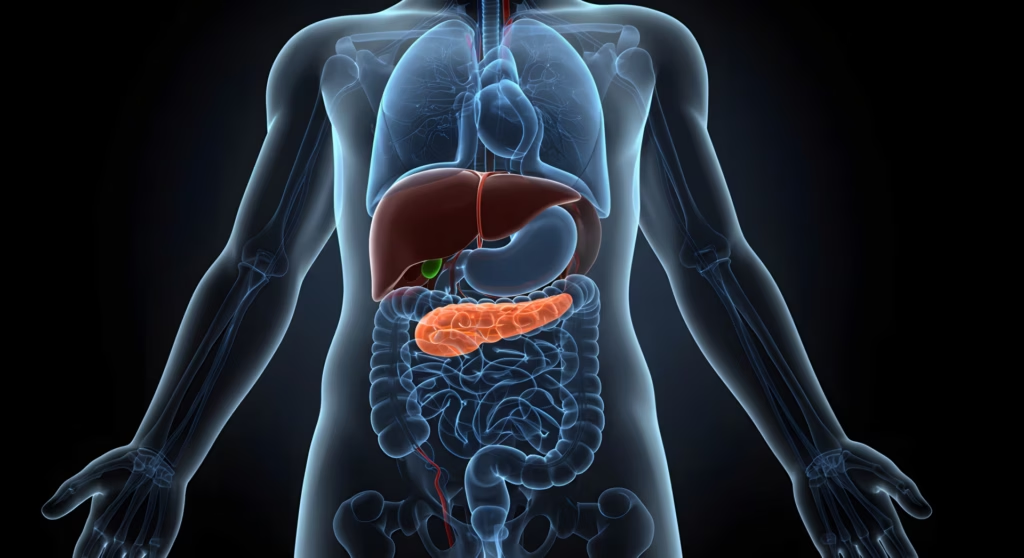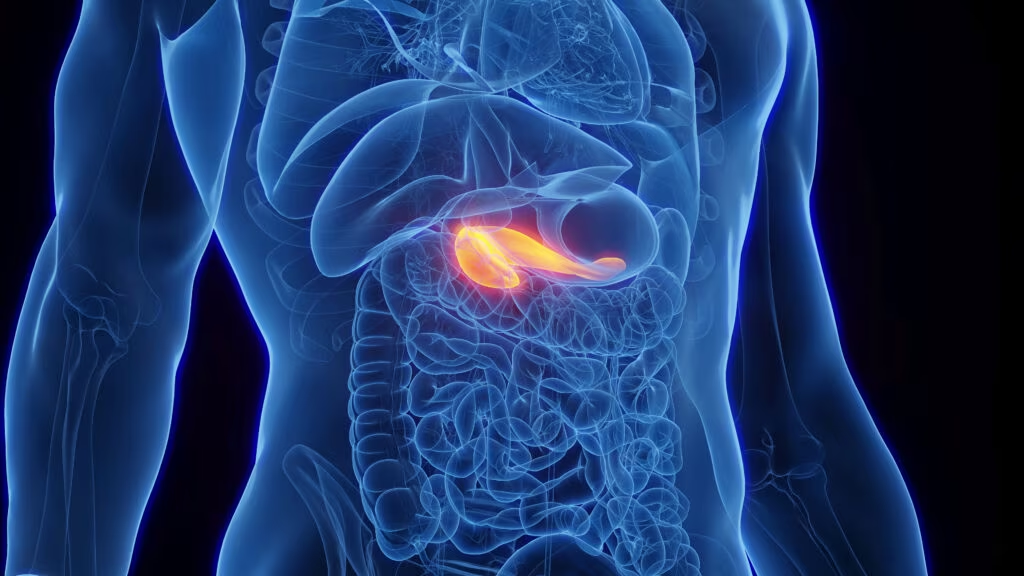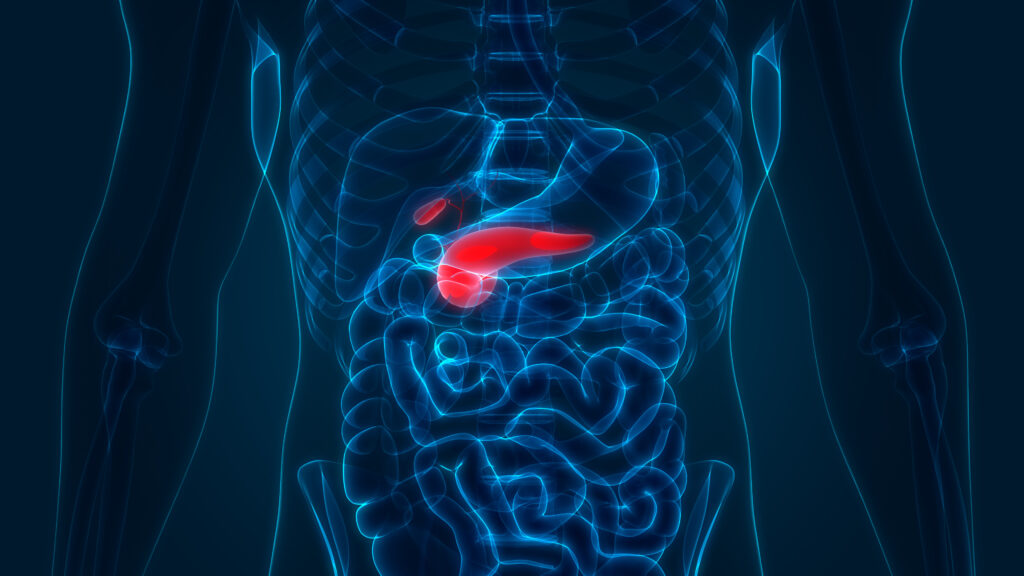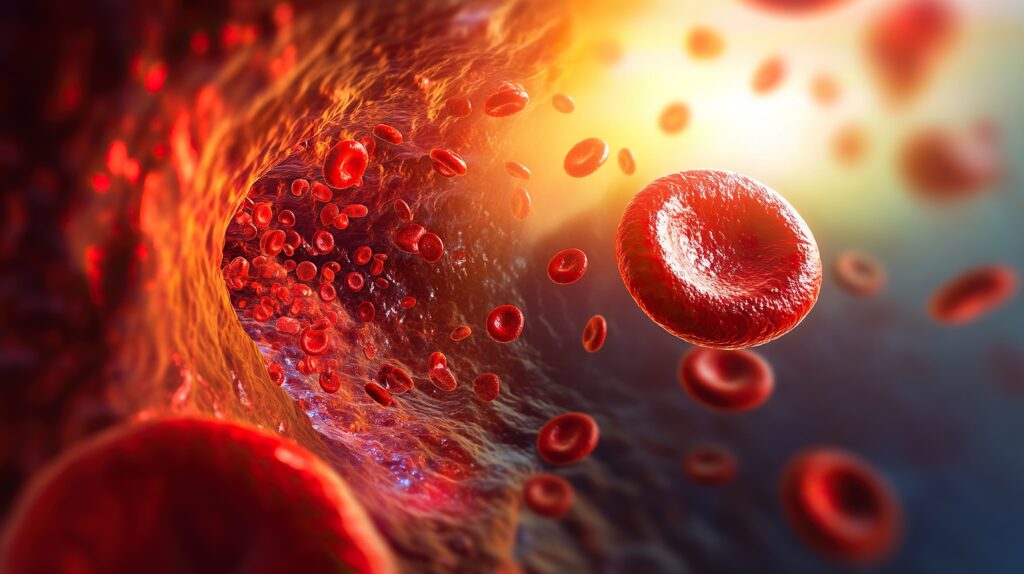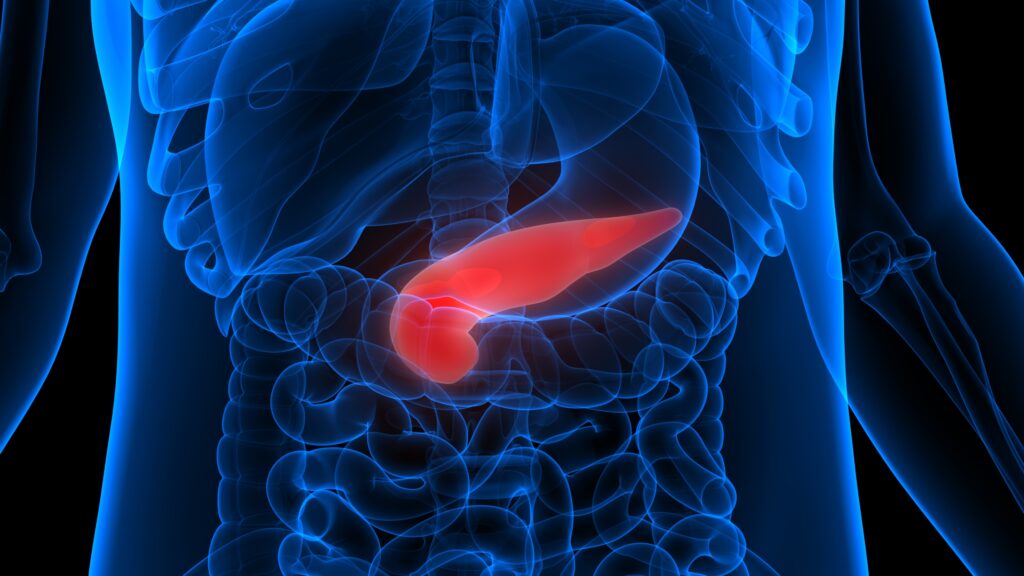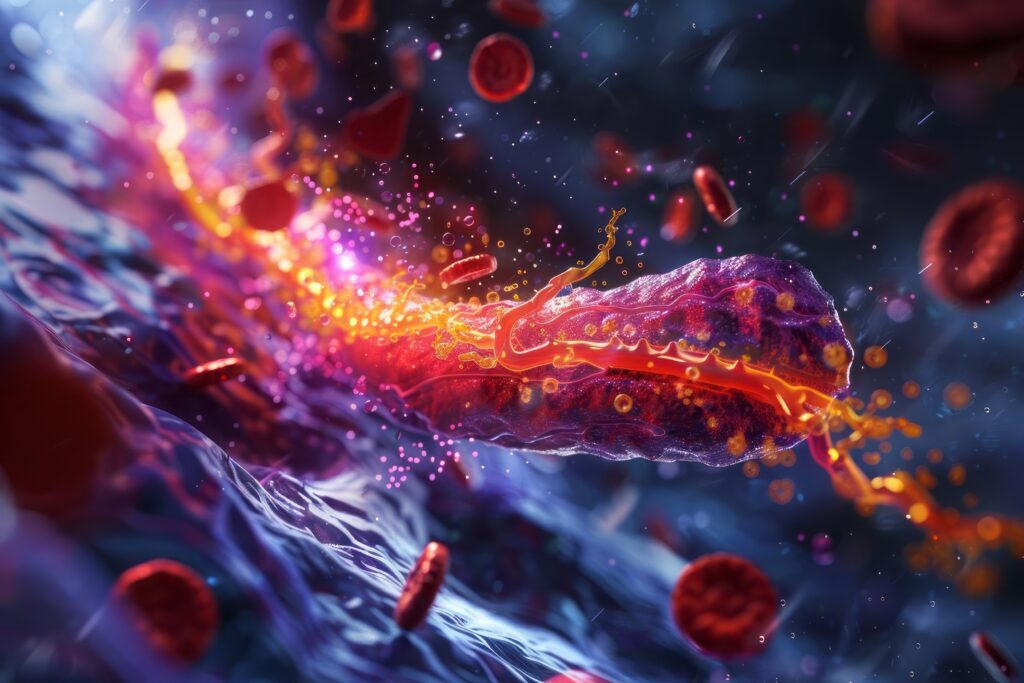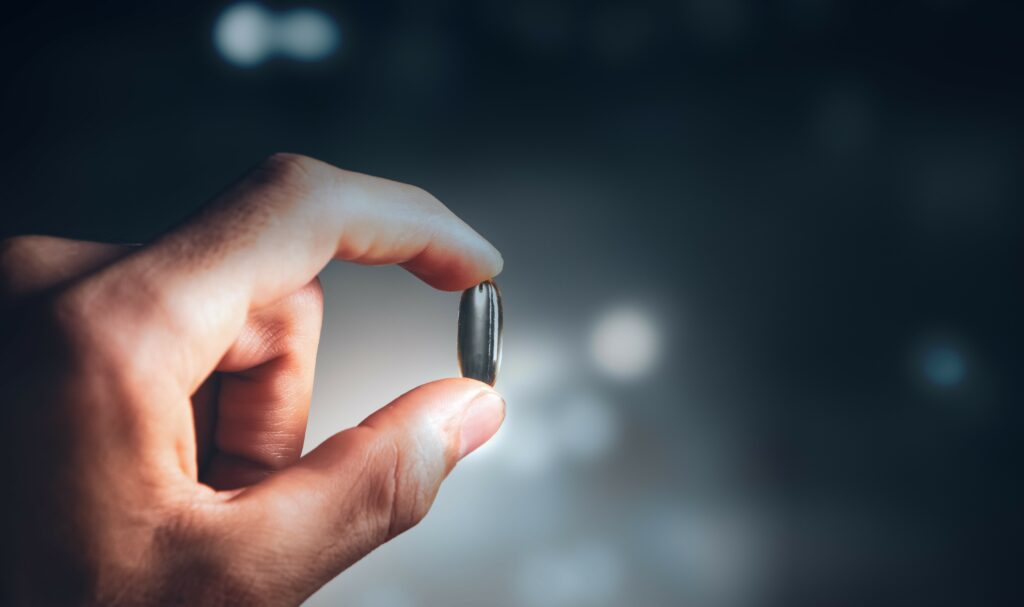Individuals diagnosed with type 2 diabetes will typically be advised about lifestyle modifications to improve their diet and increase their physical activity and may be prescribed one or more oral antidiabetic drugs (OADs) to improve their glycaemic control.1 However, many patients will require insulin initiation as lifestyle changes and OADs are no longer able to maintain blood glucose targets.1 Insulin initiation can be difficult for both patients and their physicians.
Individuals diagnosed with type 2 diabetes will typically be advised about lifestyle modifications to improve their diet and increase their physical activity and may be prescribed one or more oral antidiabetic drugs (OADs) to improve their glycaemic control.1 However, many patients will require insulin initiation as lifestyle changes and OADs are no longer able to maintain blood glucose targets.1 Insulin initiation can be difficult for both patients and their physicians. Patients may be worried about the treatment burden associated with starting insulin, particularly if the regimen requires multiple daily injections or complex glucose monitoring.2 In addition, patients may have a variety of concerns about initiating insulin (e.g. worries about injection pain, perceived lack of lifestyle flexibility with insulin, the potential for weight gain and hypoglycaemia). Therefore, when initiating insulin it is important that physicians identify and address particular patient concerns and explain why insulin initiation is required. Many of the concerns associated with insulin initiation such as reduced lifestyle flexibility, worries about injection pain and worries that the need for insulin means their diabetes is particularly serious subside once patients actually initiate insulin.3 Therefore, appropriate support during the insulin initiation process will assist the patients to overcome their perceived barriers to treatment.
In order to facilitate insulin initiation, it is important that insulin regimens are simple and that they can be easily incorporated into patients’ lifestyles. Premix and basal insulins are popular choices for insulin initiation as they can be dosed once or twice daily, and they are easy to titrate with simple glucose monitoring. The following case examines insulin initiation with BIAsp 30. Case Report
WL is a 50-year-old female patient diagnosed with type 2 diabetes 11 years previously. Her body weight was 74 kg (body mass index [BMI] 24.4 kg/m2). Her most recent mean glycosylated haemoglobin (HbA1c) was 10.2 % (82.2 mmol/mol), her fasting plasma glucose (FPG) was 9.0 mmol/l and her two-hour postprandial glucose (PPG) was 15.3 mmol/l.
Prior Diabetes Treatment
The patient was on metformin 500 mg three times daily plus glipizide 5 mg three times daily.
Intervention
Given the patient’s HbA1c and poor control of FPG and PPG, there was a need to initiate insulin. A twice-daily premix insulin was preferred over a basal insulin because of the patient’s high HbA1c and the need to control both FPG and PPG. A basal–bolus regimen was rejected because the patient had concerns about initiating insulin and felt a basal–bolus approach would be difficult to manage. Twice-daily biphasic insulin aspart 30 (BIAsp 30) was initiated at a daily dose of 24 units, split between breakfast and dinner. BIAsp 30 was preferred over biphasic human insulin (BHI) as it can be administered immediately before or after a meal, whereas BHI needs to be administered at least 30 minutes before eating. In addition, the treatment choice reflected the reduced risk of nocturnal and major hypoglycaemia observed with BIAsp 30 compared with BHI.4
During the six-month follow-up, the total insulin dose was titrated from 24 U/day to 46 U/day (0.32 U/kg to 0.59 U/kg) (see Table 1). HbA1c was reduced from 10.2 % at baseline to 6.7 % at three months and 6.4 % at six months. Mean FBG was reduced from 9.0 mmol/l to 6.8 mmol/l and mean PPG was reduced from 15.3 mmol/l to 8.8 mmol/l (see Table 1). There was an increase in body weight of 4 kg over the six months. The patient experienced eight episodes of hypoglycaemia over the six-month period (four pre-lunch, one at bedtime and three nocturnal). In six episodes, the patient had a BG <4.0 mmol/l. There were no episodes with BG <2.8 mmol/l. Discussion
Insulin initiation with BIAsp 30 was associated with marked reductions in HbA1c, FBG and two-hour PPG compared with prior OAD combination therapy. A modest increase in body weight of 4 kg was observed. The patient experienced eight episodes of hypoglycaemia, six of which were associated with low BG (<4 mmol/l). A number of randomised controlled trials have examined the initiation of BIAsp 30 in insulin-naive patients. Strojek and colleagues compared once-daily BIAsp 30 before dinner and insulin glargine at bedtime in patients also receiving metformin and glimepiride.5 They demonstrated significant improvements in HbA1c of -1.41 % with BIAsp 30 and -1.25 % with insulin glargine (mean difference -0.16 %; 95 % confidence interval [CI]: -0.30 to -0.02); p=0.029). Post-dinner (-0.52 mmol/l; 95 % CI: -1.02 to -0.03; p=0.04) and bedtime (-0.78 mmol/l; 95 % CI: -1.25 to -0.31; p<0.01) plasma glucose were significantly lower with BIAsp 30 than insulin glargine.5 The relative risk (RR) of experiencing a nocturnal hypoglycaemic episode was low in both groups but was significantly higher with BIAsp 30 than with insulin glargine (1.1 versus 0.5 episodes/year; RR=2.41; 95 % CI: 1.34 to 4.34; p=0.003).5 Similar results, namely significantly improved HbA1c and other plasma glucose measures and an increase in the risk of minor hypoglycaemic episodes, have been reported in trials comparing insulin initiation with twice-daily BIAsp 30 and once-daily insulin glargine.6,7
This patient was enrolled in the Chinese cohort of the IMPROVE™ observational study.8 The results from the full Chinese cohort of the IMPROVE study have been recently reported and support the findings from this case.9 Approximately 7,000 patients in the Chinese cohort were insulin naive at baseline and, in this patient population, a mean HbA1c reduction of 3.3 % and a mean FPG reduction of 6.1 mmol/l were observed following 26 weeks of BIAsp 30.9 Of the 21,729 Chinese subjects enrolled into IMPROVE, only 0.1 % of subjects reported major hypoglycaemia.9 There were no significant changes in body weight. Therefore, the results from the Chinese cohort suggest that insulin initiation with BIAsp 30 can provide improved glycaemic control without an increased risk of hypoglycaemia or weight gain.9 BIAsp 30 offers a simple way to both initiate and titrate insulin. Patients can be initiated on once- or twice-daily BIAsp 30 and, if they need to intensify their treatment, they can add additional doses of BIAsp 30 up to three times daily.10–13 This enables patients to continue with a single, familiar insulin and insulin administration device as their type 2 diabetes progresses before switching to a more complex basal–bolus regimen at a later stage if required. Basal insulin analogues may be chosen for simplicity because they can be administered once daily and they are simple for patients to titrate based on pre-breakfast self-monitored blood glucose. However, basal insulins do not provide control of PPG so, as patients’ endogenous insulin production declines, the inability of basal insulins to control PPG becomes an important issue and achieving target HbA1c becomes difficult, even with dose titration. To address this, patients can add prandial insulin with their main meals; however, many are unwilling or unable to do this because of the need to remember two insulin pens, administer at least three daily insulin injections and the requirement for complicated glucose monitoring and insulin dose titration.
In this case, none of the hypoglycaemic episodes reported were associated with BG <2.8 mmol/l, suggesting that they would not have been classified as either major or minor events according to the IMPROVE protocol. The patient in this case underwent very rapid improvements in HbA1c from 10.2 % to 6.4 % over a six-month period and intensive glycaemic control is associated with increased risk of hypoglycaemic episodes. For example, in Action to control cardiovascular risk in diabetes (ACCORD), the intensive therapy group achieved a mean HbA1c of 6.4 % versus 7.5 % in the standard group; however, there were 538 episodes of hypoglycaemia requiring medical assistance affecting 10.5 % of patients in the intensive group versus 179 episodes affecting 3.5 % of patients in the standard group (p<0.001).14 Episodes requiring any assistance affected 16.2 % and 5.1 % in the intensive and standard therapy groups, respectively (p<0.001).14 Therefore, the number of hypoglycaemic episodes observed in this case may reflect the HbA1c level attained by the patient (6.4 %), the relatively high HbA1c at baseline and the speed with which the HbA1c reduction was achieved.
For those patients who want a simple and convenient insulin regimen, insulin initiation with BIAsp 30 may be appropriate as it offers a simple regimen of once- or twice-daily dosing, provides coverage of both FPG and PPG and can be administered immediately before or after a meal. As a patient’s diabetes progresses, the ability to increase the number of daily BIAsp 30 doses from once- to twice- and three-times-daily dosing provides a simple and convenient way to intensify therapy.10–13 In addition, patients have the confidence to intensify their insulin therapy using the same insulin in the same insulin pen without having to add a second insulin.


